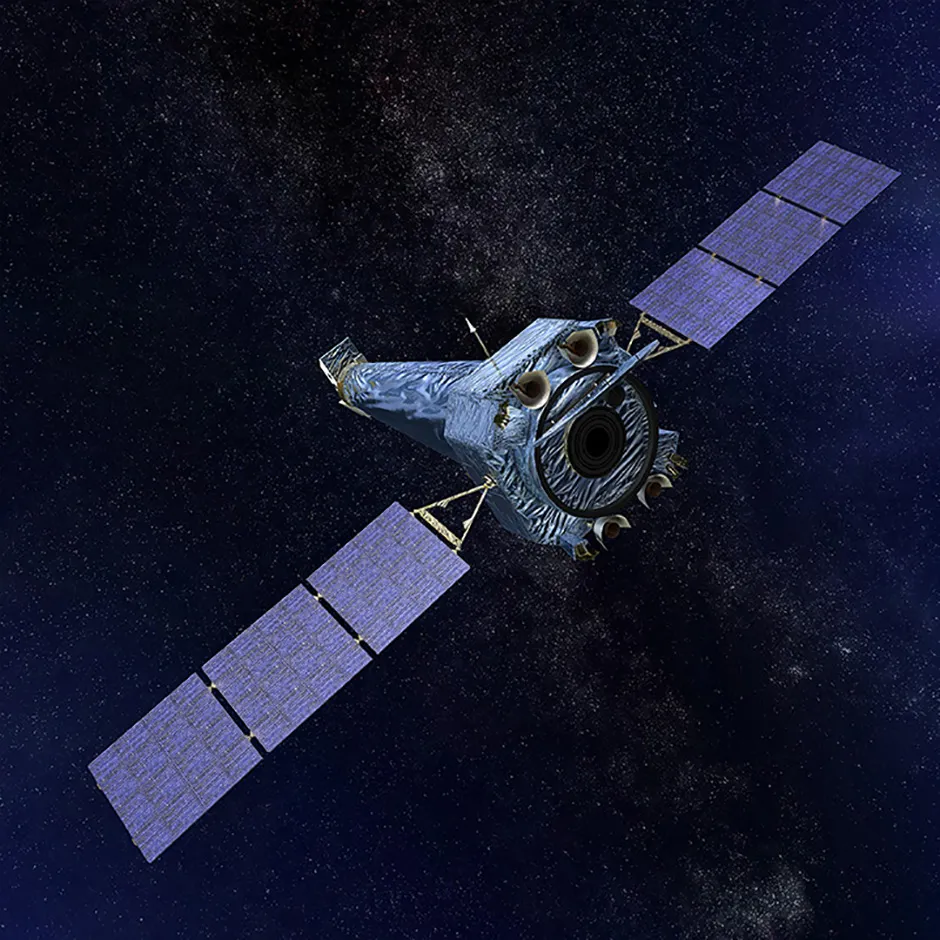Astronomers have discovered black holes that are at least ten billion times more massive than the Sun, and are likely to be the most massive black holes ever found.
A team of black hole hunters used data collected by NASA’s Chandra X-ray Observatory on galaxies about 3.5 billion lightyears from Earth.
The study was led by Julie Hlavacek-Larrondo from the the Université de Montréal in Canada and Mar Mezcua, postdoctoral fellow at the Institute of Space Sciences in Barcelona.
The team looked at 72 galaxies located at the centre of the Universe’s brightest and most massive galaxy clusters.
Their study showed that these black holes, known as ‘ultramassive’, are growing faster than the stars in their galaxies.
Black holes often form out of dying stars collapsing in on themselves. This creates an object with a gravitational pull so strong that not even light can escape it.
The astronomers were able to calculate the masses of these black holes by looking at their radio wave and X-ray emissions.
This revealed ultramassive black holes about ten times greater than those discovered in previous studies, which had assumed black holes grow in tandem with their host galaxies.

“We have discovered black holes that are far larger and way more massive than anticipated,” says Mezcua.
“Are they so big because they had a head start or because certain ideal conditions allowed them to grow more rapidly over billions of years? For the moment, there is no way for us to know.”
Black holes as big as the ones discovered can also be a danger to their galactic homes.
As black holes suck in matter, this infalling material heats up, generating hi-powered jets that shoot out with enough energy to destroy the host galaxy.
“But there’s no need to worry about our own Galaxy,” says Hlavacek-Larrondo.
“Sagittarius A, the Milky Way’s supermassive black hole, is a bit boring.
t’s not very active, much like a dormant volcano. It sucks up little matter and probably wouldn’t be able to produce destructive high-energy jets.
“[Black holes] are the most powerful objects in the Universe, and they are anything but quiet," she says.
"Galaxies are the building blocks of our Universe, and to understand their formation and evolution, we must first understand these black holes.”
